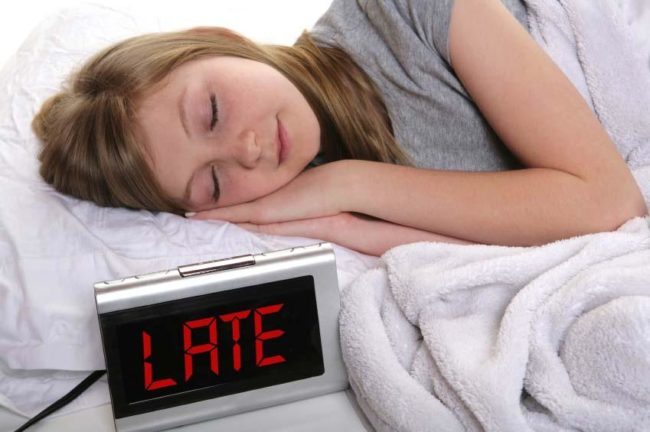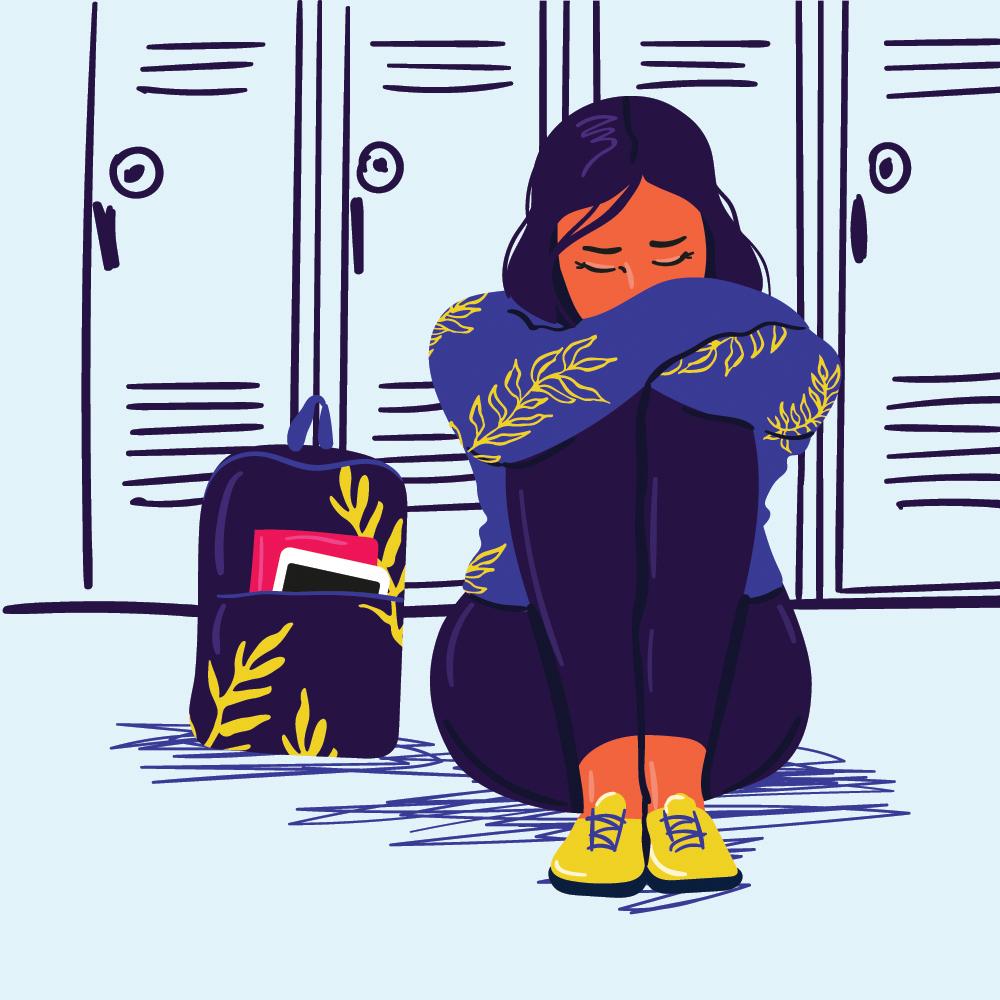Project Idea

Problem
Teenagers require 9 ¼ hours of sleep, but only 8% of US high school students get that much. This occurs because of both intrinsic factors (ex. circadian rhythm and how it’s affected by light) and external factors (school start times, studying, extracurricular activities.) In middle school and high school, teenagers require the same amount of sleep, but because of these factors, high schoolers get less sleep during the weekdays. Sleep deprivation makes it harder to function throughout the day and makes teens more susceptible to mental disorders such as depression and anxiety.

Audience
My audience will initially be high school and college students because I aim to get them functioning throughout the day. Teenagers are more prone to midday sleepiness than adults, so it will be helpful to them specifically. I also want it to be aesthetically pleasing to anyone who wants to buy it.

Validated through research
Attached below is my research outline, which I used to validate my project in my ideation stage.
Attachments

Breaking Boundaries
The bracelet breaks the boundaries of typical wakefulness aids, such as caffeinated drinks, exercise, or diets. While jewelry has grown to have a wider range of uses, it is not currently used to wake people up.

Inspiration
My inspiration came from a problem that I see every single day in school, and it affects not only myself but many people around me. A lack of sleep can make people more susceptible to mental disorders, as well as stem from them. 90% of children with major depressive disorder suffer from insomnia. Functioning throughout the day, a task that is already difficult for many individuals with depression, can become nearly impossible with sleep deprivation. Sleep problems, as shown in a study with teenagers, precede depression 69% of the time. This pattern can also be seen in disorders such as anxiety, bipolar, and ADHD. And even without any existing mental health issues, teenagers can still suffer from worsening grades as a result, which can lead to even more insomnia either in an attempt to study late into the night or as a result of grade anxiety. Sleep deprivation makes it hard to function the following day as well. This is a very big issue that causes many others, and if I hope to do something to improve that for any number of teens around me.

Solution
My solution is fluct.u.wake, a multi-sensory wearable that will help high school students stay alert and awake during class, even if they don’t get the recommended amount of sleep. It breaks the boundaries of typical wakefulness aids, such as caffeinated drinks, exercise, or diets. It also helps students to break their daily routine and be more productive. The bracelet’s erratic vibrations will safely stimulate a student’s body and keep them attentive throughout the day. I plan to create a business that markets fluct.u.wake to high school students initially and then expands my bracelet design for other demographics.
Sensory adaptation is a major part of my bracelet and its effects. When someone wears a bracelet, sensory adaptation takes the input and filters it out so that they don’t notice they’re wearing it. However, my bracelet will vibrate at random intervals so that sensory adaptation never takes full effect and the person is always aware of it. This will be helpful for students who fall asleep in class because of the constant drone of the fans and the steady tone of their teacher. It provides stimulation to keep people awake and alert.

